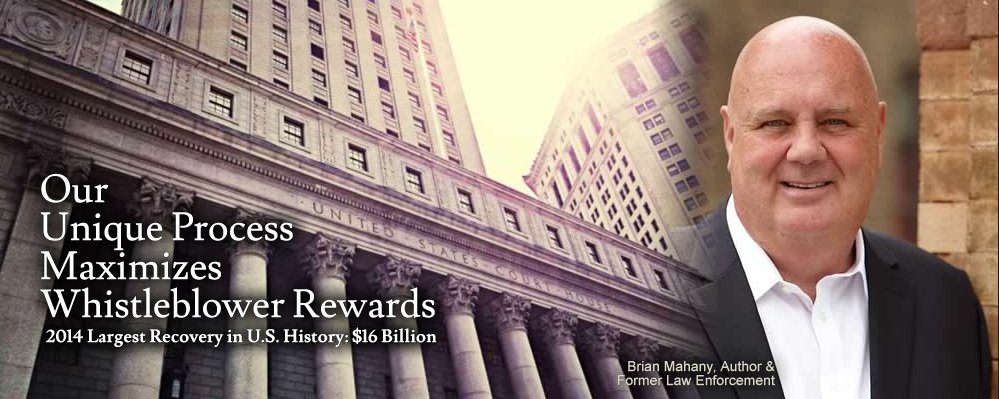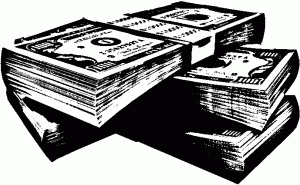The billion dollar whistleblower cases from the 2007 – 2008 housing bust have pretty much run their course. There may be a few more in the pipeline but the time to file new claims (“statute of limitations”) from that era is exhausted. Most of those claims centered on shoddy lending practices; poor documentation, predatory lending practices and appraisal fraud.
Does anyone think that lenders learned their lesson? We all know the answer to that question. They didn’t.
While Congress, the Justice Department and the alphabet soup of banking agencies have certainly made fraud more difficult to commit, the banking industry is still up to its old tricks.
A new round of whistleblower cases is in the making and we predict that appraisal fraud will again rear its ugly head.
2010 through 2014 saw several appraisal fraud cases against lenders. The biggest claim was part of last year’s record $16.65 billion case against Bank of America. The New York Times called that case the largest civil recovery against a single defendant in the history of the United States.
To understand the next round of whistleblower cases, let’s take a few moments and understand the recent past. To that end we will quickly examine the Bank of America case.
In 2014, the government rolled several individual Bank of America whistleblower claims into one massive case. Much of that case was based on the actions of Bob Madsen, a real estate appraiser from California.
Bob worked for a company called LandSafe for several years. Well respected by his peers and co-workers, Bob was one of the best and most thorough appraisers in the state.
During the run up to the financial crisis, banks were racing to close loans as fast as they could. Because mortgage companies and most banks no longer hold the loans they write, there was little incentive to make sure that borrowers could afford the houses they were buying. There was also little incentive for lenders to make sure that the houses were worth their selling price.
If a house didn’t appraise properly, lenders would pressure the appraisers to increase their value estimates. The Financial Crisis Inquiry Commission cited one report that said by 2006, 90% of appraisers felt pressured to increase valuations.
Many appraisers found themselves in a Catch-22 – Increase valuations and commit appraisal fraud or simply not get any more work.
This was the case at LandSafe, a wholly owned subsidiary of Bank of America. As the meteoric rise housing prices began to slow, Bank of America still wanted to close more loans. (Although the bank agreed to settle the appraisal fraud claims, it was allowed to do so without admitting any wrongdoing.)
Banks wanted to keep the bubble going. As people flipped houses and traded up, companies like Bank of America made billions of dollars. By this point, however, appraisers were really feeling the heat. No longer isolated incidents, banks leaned hard on appraisers to raise valuations.
In one of many examples, Bob appraised a home in Folsom, California at $569,000. The bank, however, needed an appraisal of at least $749,000 to close the loan. A supervisor stepped in and reassigned the appraisal to someone else… someone who was willing to use housing values from a different community in order to justify a higher appraisal.
As Bob continued to “do the right thing,” he faced more heat from supervisors. He also worried he would appear on an industry black list. If your name appeared on the list, it became very difficult to find work.
Bank of America maintained the black list was not aimed at appraisers whose valuations were too low. Rather it was a “watch list” to identify appraisers with bad work product. Appraisers in the field knew better, however. Banks equated low appraisals to bad work product.
If you wanted to remain in the appraisal industry, you had to play the game.
Bob took the bold step and became a whistleblower. His efforts were a major part of last year’s record $16.65 billion settlement. He also received a multi-million check for those efforts.
Since Bob blew the whistle in 2011, regulators have made it for more difficult for a lender to pick the appraiser. Today, if an appraiser returns a low number, the lender can’t simply replace him or her with someone more “sympathetic.”
While that is a start, appraisers continue to be pressured. Those more willing to give the banks higher valuation magically seem to get more appraisals. It isn’t supposed to work that way but it does.
Once again, lenders are getting aggressive. Since they mostly sell the loans they write, there is much less incentive to worry about the quality of these loans. That means homebuyers, Congress and regulators need to be extra vigilant to prevent another crisis.
History has a way of repeating itself and we appear once again to be heading into trouble.
—
As one of most successful whistleblower law firms in the country, we are looking for appraisers with direct knowledge of appraisal fraud. Under the federal False Claims Act, whistleblowers with knowledge of fraud involving a federally backed program can receive awards of up to 30% of whatever the government collects. Since Fannie Mae, Freddie Mac, the FHA or the VA back most residential mortgages, residential appraisal fraud qualifies.
Our whistleblower clients have received over $100 million in award monies in recent months. Interested in becoming a whistleblower? Give us a call. All inquiries are kept completely confidential. We will gladly help you evaluate your claim and file a whistleblower lawsuit if you qualify.
For more information, contact attorney Brian Mahany at or by telephone at (direct).
MahanyLaw – America’s Whistleblower Lawyers


